Timeline: Key moments in fight for gay rights
June celebrates LGBT Pride Month, a look at some key moments in gay rights.
June marks Pride Month for the LGBTQIA+ community. Many people celebrate and show their pride with rainbow flags and parades.
But the quest for equal civil rights for the community has been fraught with strife and violence. From bricks thrown at Stonewall to "Don't Say Gay" legislation, the fight for equality continues. Here is a look at some of the key moments in LGBTQIA+ history and the fight for equal rights.
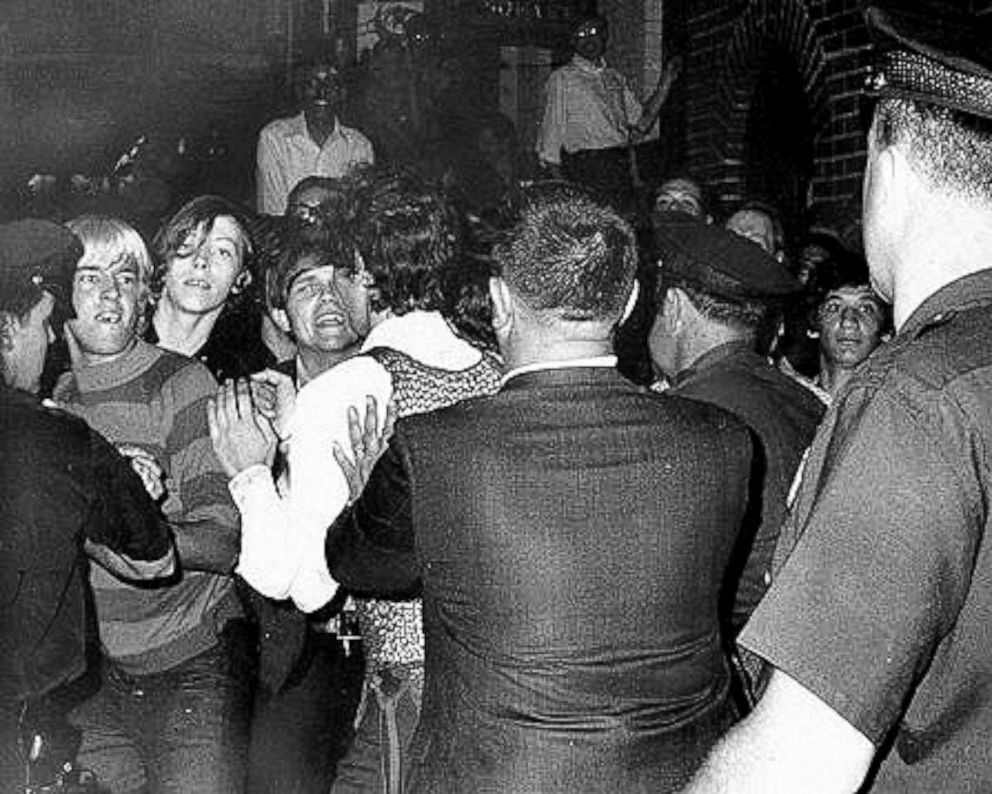
Though police raids on gay bars were common in the '60s, on June 28, 1969, patrons of New York's Stonewall Inn said "enough." They fought back, riots broke out and supporters poured into the West Village, igniting the gay rights movement in the U.S. Within six months, two gay activist organizations were formed in New York, and three newspapers were launched for gays and lesbians.
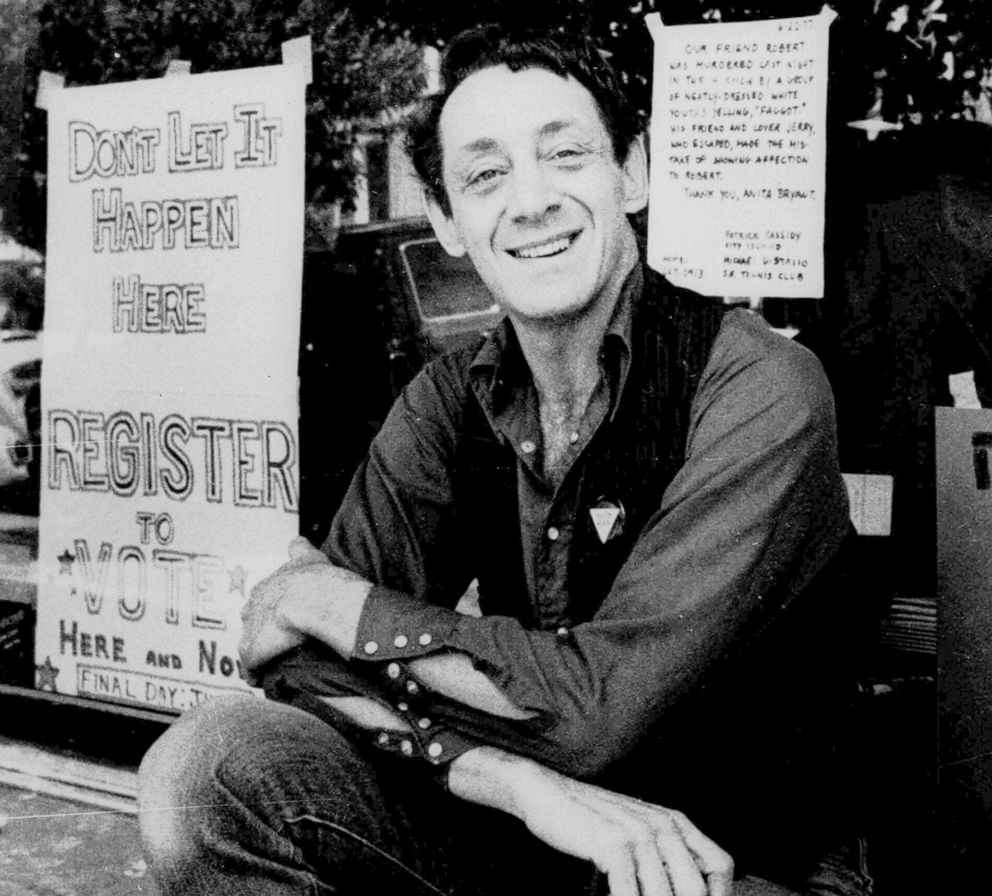
Harvey Milk became one of the first openly gay men elected to public office in the United States when he won a seat on the board of supervisors in 1977. An outspoken advocate for gay rights, he urged others to come out and fight for their rights. He was assassinated at City Hall just a year later.
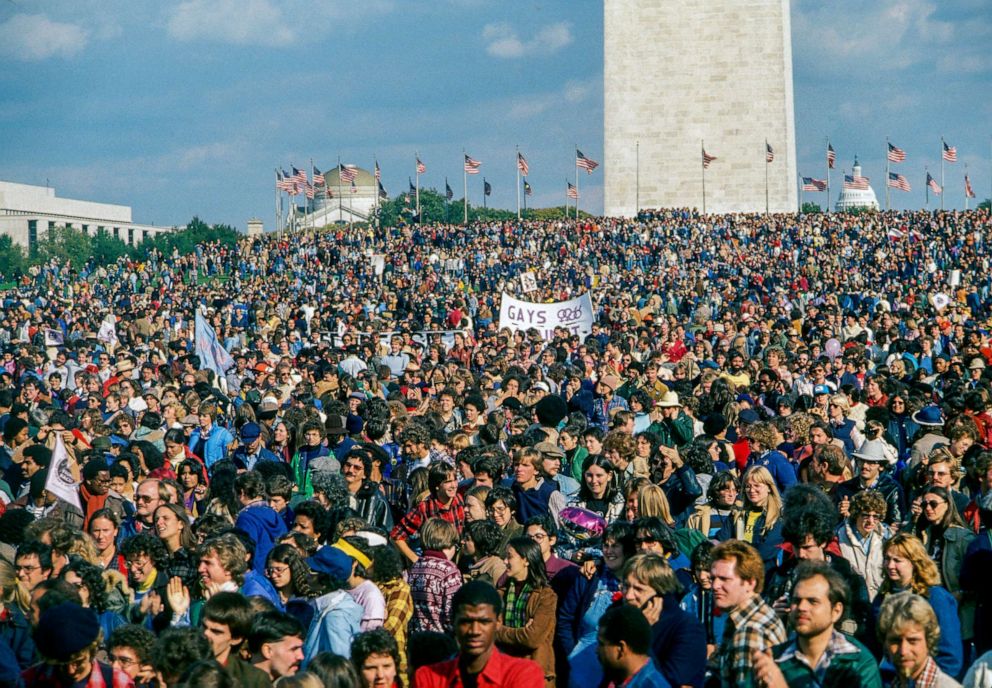
Hundreds of gay rights activists took to the National Mall in 1979 for the first Pride rally to push to for equal rights in the gay community and the freedom to live openly.
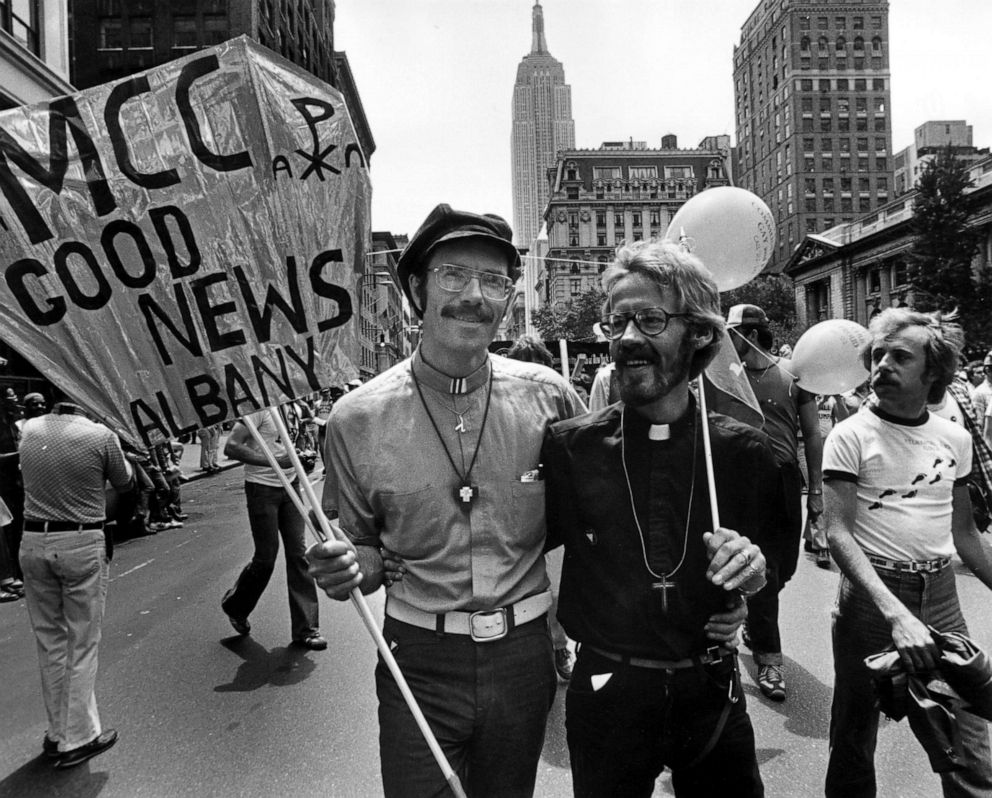
Reverend John Kuiper, right, the first gay man in America to win the right to adopt a child, is shown with his partner Roger Hooverman, during a Gay Rights March, in 1979, in New York.
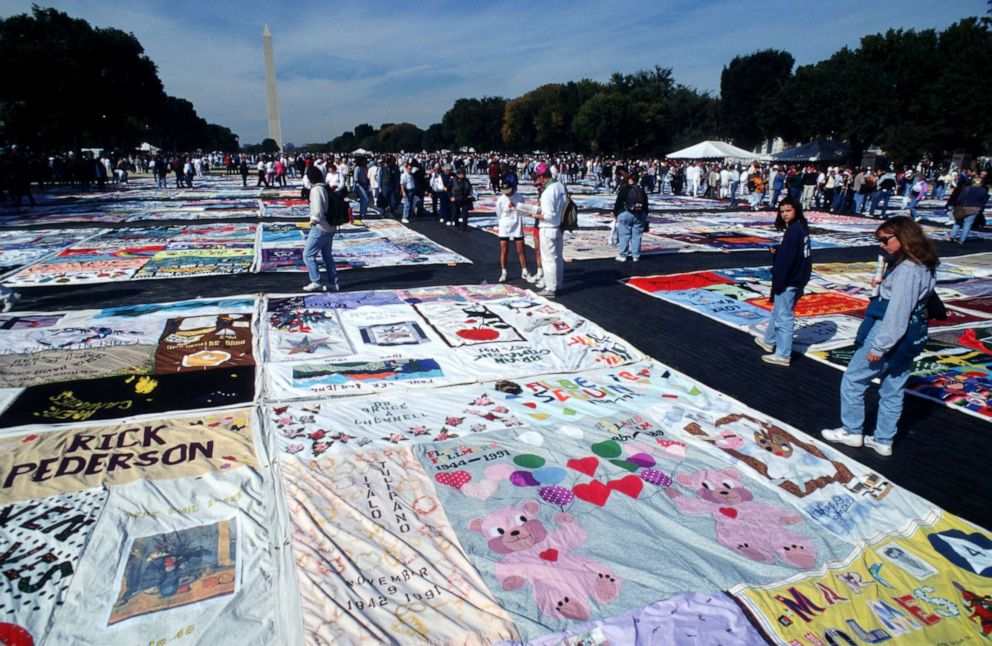
Starting in 1981, gay advocacy groups began to form to talk about how the government was handling the AIDS crisis, a new disease that manifested as pneumonia and was found mostly in gay men. The talks led to a National AIDS Memorial Quilt, created and first displayed in 1987 on the National Mall to honor those who succumbed to the disease.
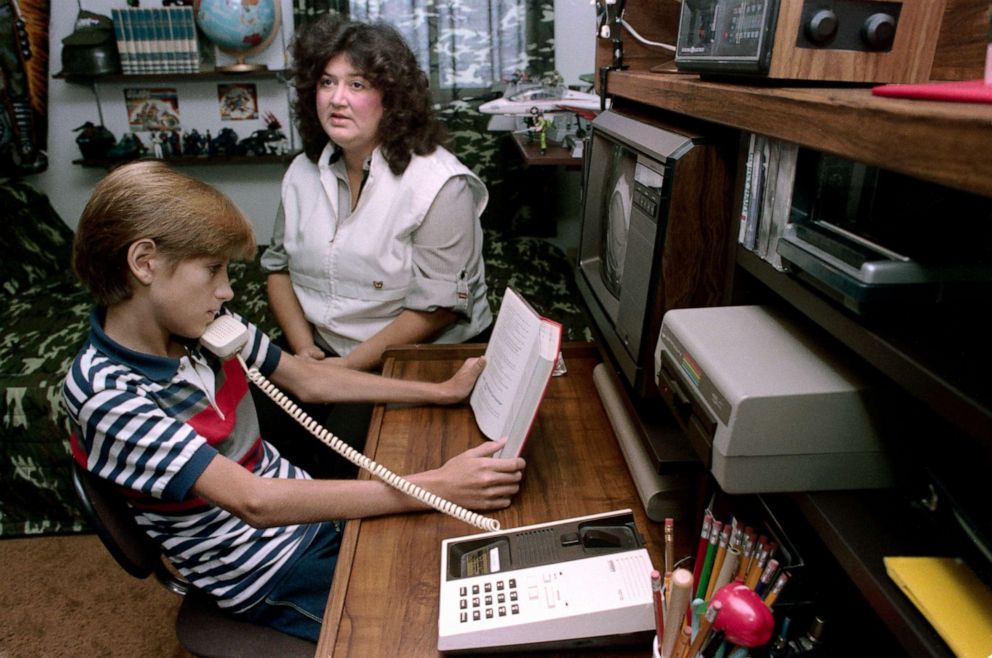
Ryan White, alongside his mother Jenna, listens in on his math class, Aug. 26, 1985. White was barred from attending school after being diagnosed with AIDS from a tainted blood transfusion he received to battle hemophilia. He became the face of the disease, which at the time was widely believed to only be a disease transmitted between gay men, and helped break the stigma of it being only a "gay disease."
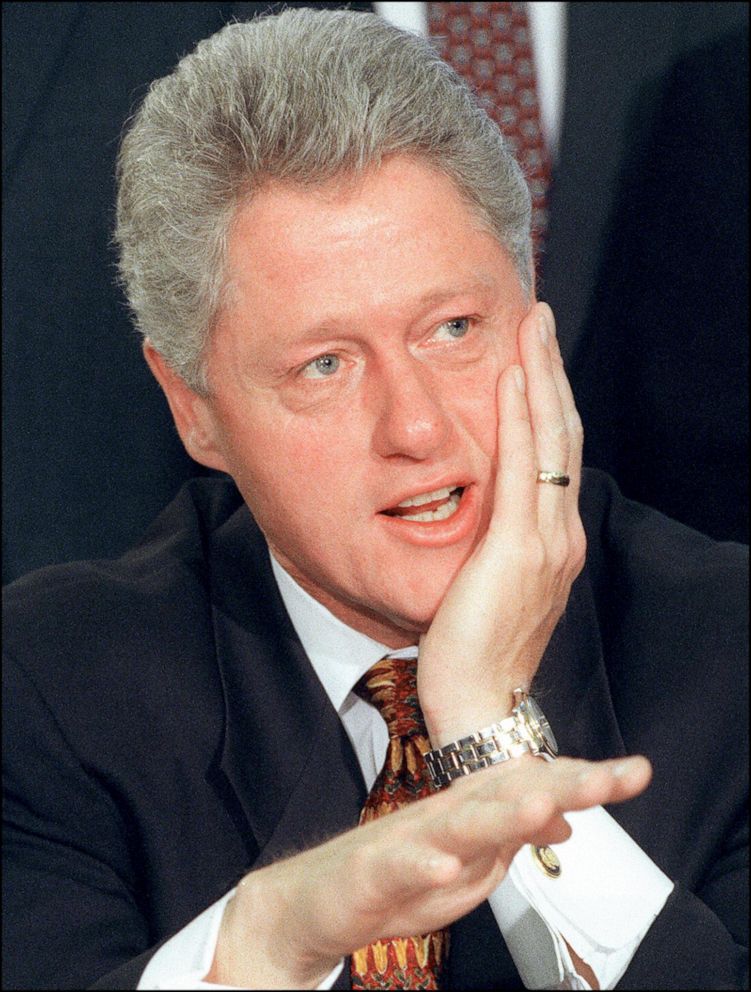
Bill Clinton promised to lift the ban on gays serving in the military during his campaign for president, but he was unable to win enough support. In 1993, Clinton took a step toward that goal, signing the "Don't ask, Don't tell" policy, allowing them to serve, but requiring them to keep their sexuality a secret. President Barack Obama repealed the policy in 2011, allowing service members to serve openly.
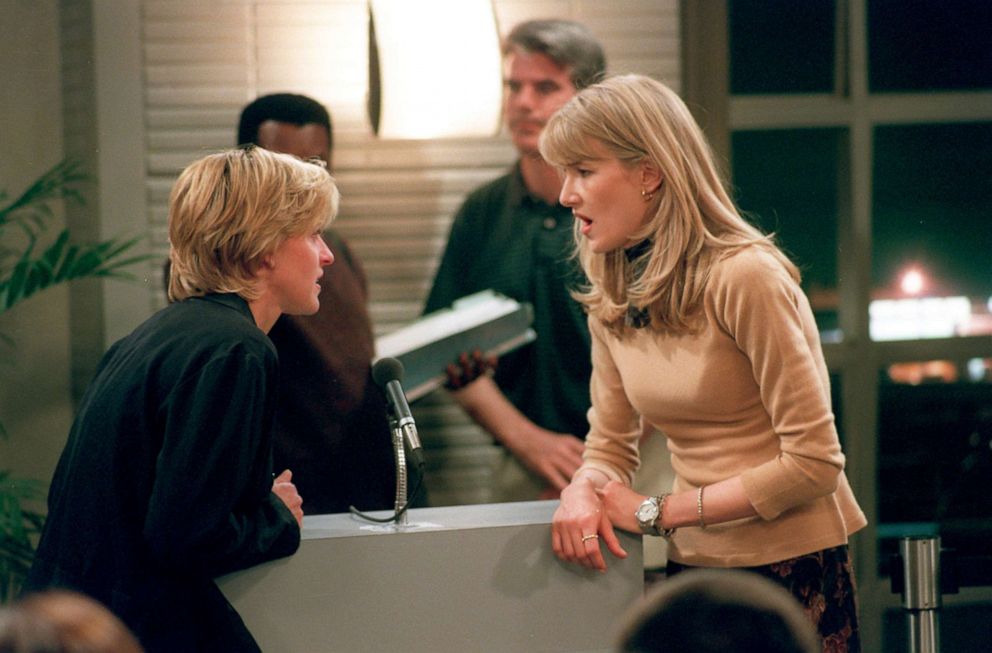
Ellen DeGeneres made history on her TV sitcom, "Ellen," in 1997 when she came out on the show. Ratings dropped and the show was canceled. She then launched a daily talk show, "The Ellen Degeneres Show," which ran for 19 seasons.
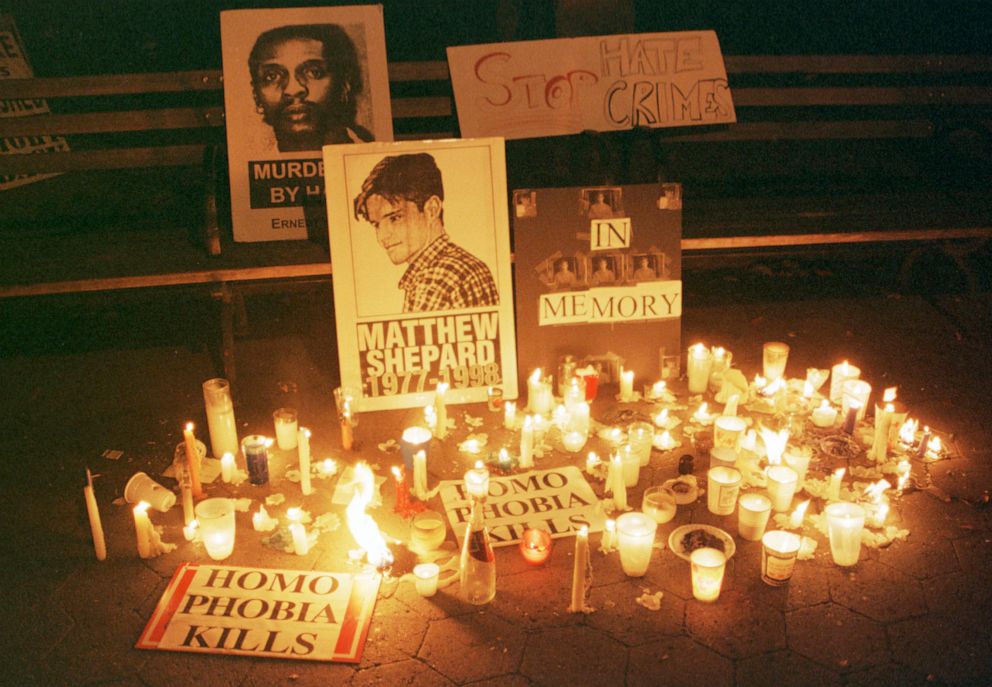
A candlelight vigil is held for slain gay Wyoming student Matthew Shepard in New York, Oct. 19, 1998. Shepard, a 21-year-old college student, was beaten by two other men, outside Laramie, Wyo. He died less than a week after the attack. Federal hate crime legislation was expanded to include violence based on a person’s sexual orientation in 2009 with the Matthew Shepard Act.
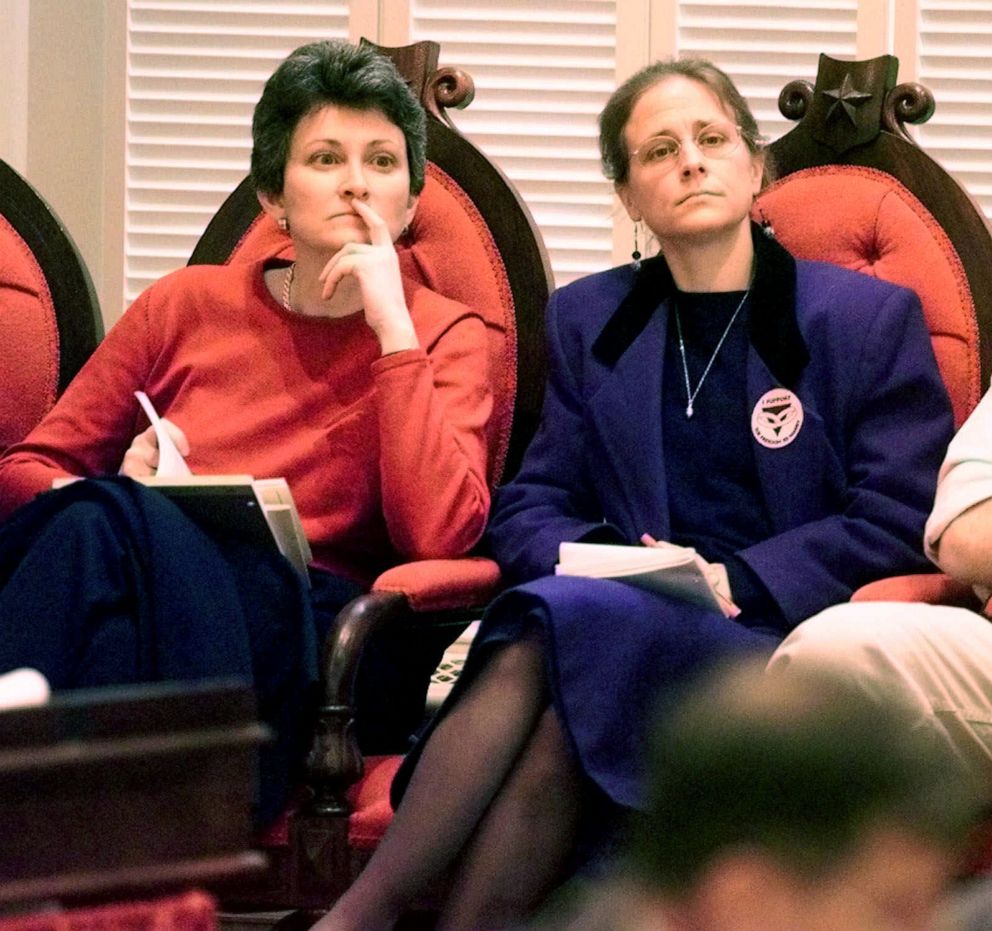
Susan Murray, left, and Beth Robinson watch the start of the debate on same-sex marriage in Montpelier, Vt., March 15, 2000. The two lawyers brought a lawsuit before the Vermont Supreme Court that led the state to be the first to allow same-sex civil unions. The state approved same-sex marriage in 2009.

Former talk show host Rosie O'Donnell, right, and her longtime girlfriend, Kelli Carpenter, kiss after a private wedding at City Hall, Feb. 26, 2004 in San Francisco. O'Donnell announced her wedding plans just two days after then-President George W. Bush called for a constitutional amendment banning gay marriage.
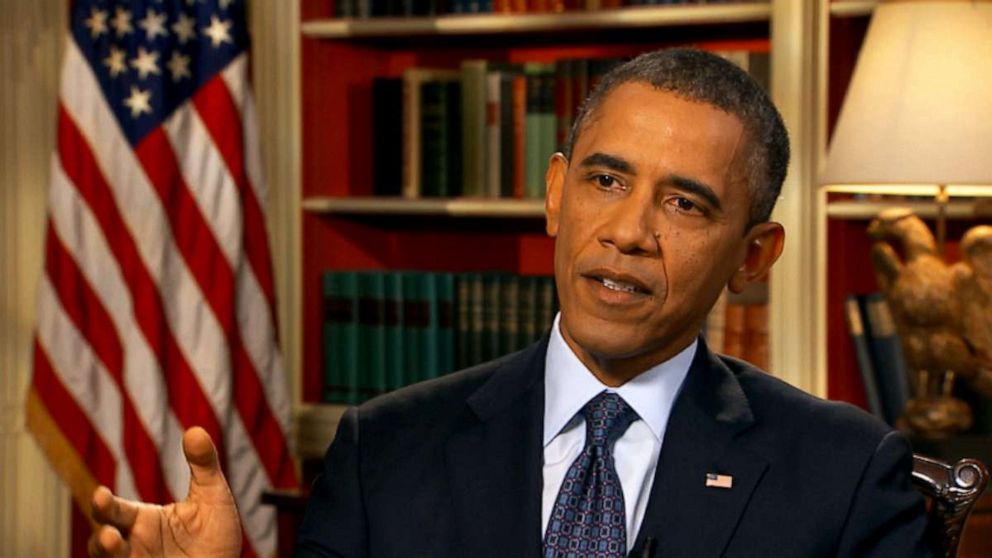
President Barack Obama becomes the first sitting president to declare his support of same-sex marriage, during an exclusive interview with ABC News, May 9, 2012. This was a change from what he had previously said, which was that he approved civil unions but opposed same-sex marriage.
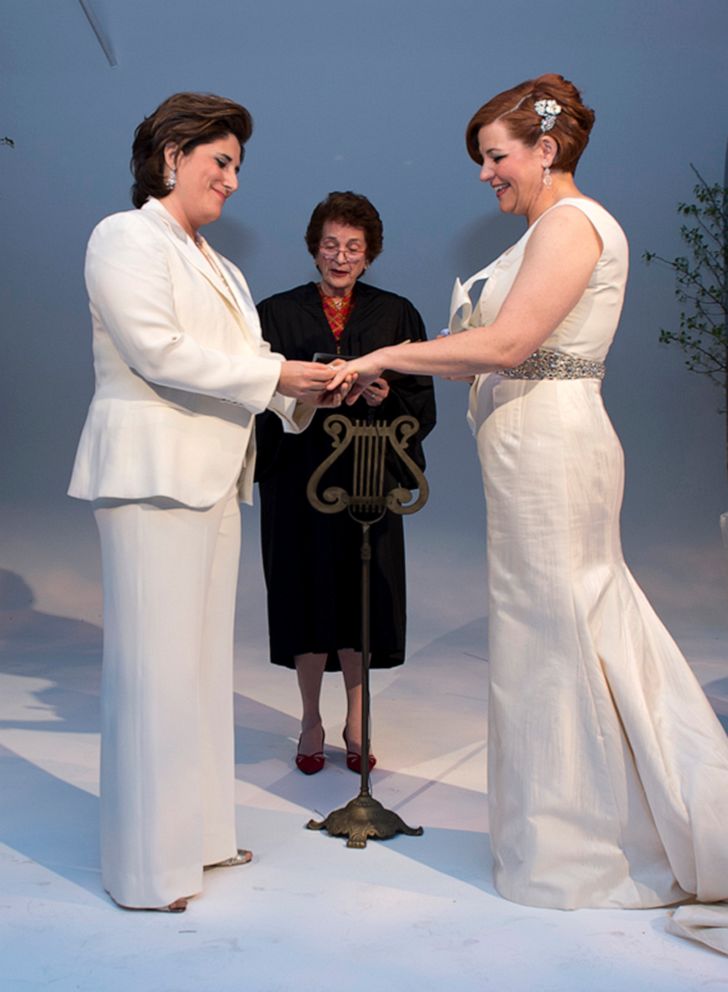
New York City Council Speaker Christine Quinn became the first female and first openly gay person to hold the position in the city. She married her longtime partner Kim Catullo during a ceremony in New York, May 19, 2012.
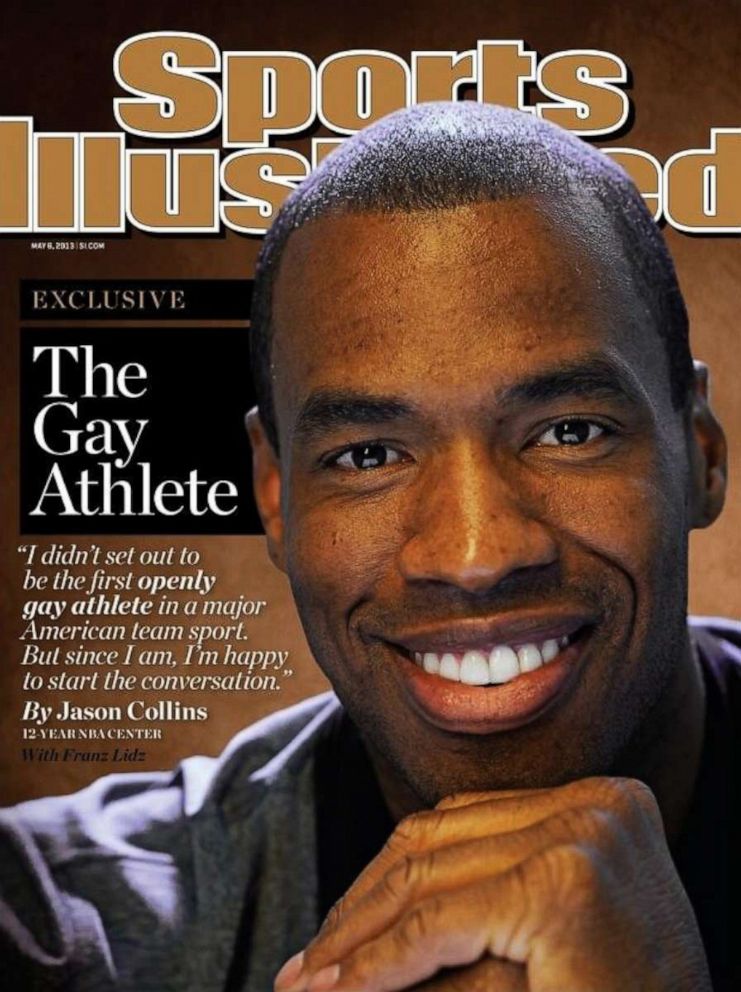
Jason Collins gave a coming out interview for the cover of May 2013 issue of Sports Illustrated. Collins would later sign with the Brooklyn Nets and become the first openly gay active player in the NBA.
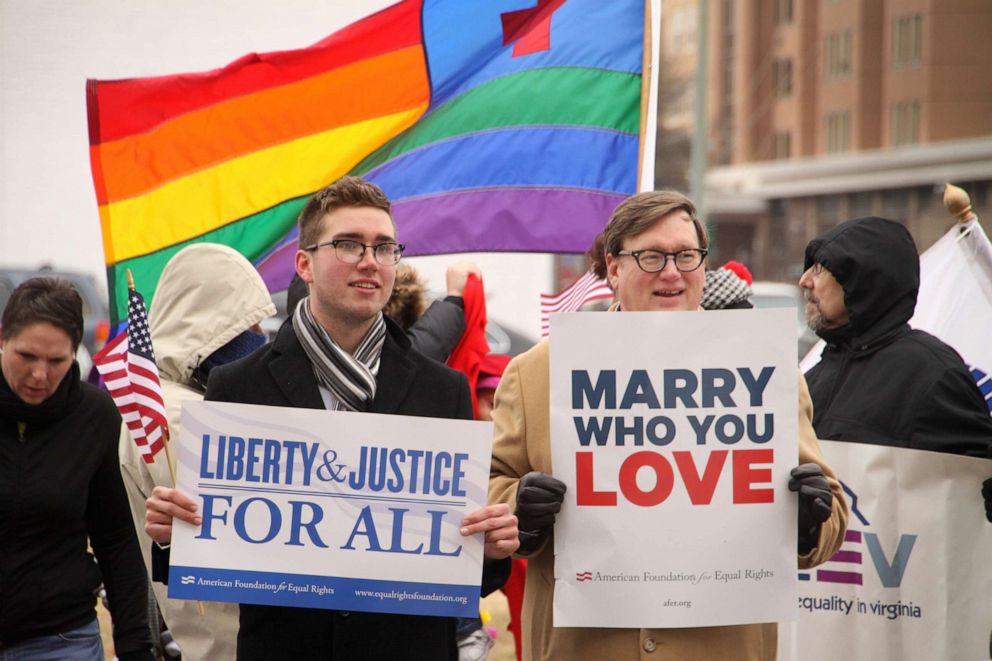
In the '90s, Congress passed the Defense of Marriage Act, or DOMA, defining marriage, for federal purposes, as a union between one man and one woman, allowing states to refuse or not recognize same sex marriages. Through a series of lawsuits brought at the state level, the Supreme Court ruled the ban was unconstitutional and repealed the act on June 26, 2013, making same-sex marriages recognized in the U.S.

Missouri senior defensive lineman Michael Sam came out as gay after graduating and beame the first openly gay player to be drafted into the NFL. He and boyfriend Vito Cammisano stirred media controversy after a kiss they shared during the 2014 NFL Draft when Sam was drafted to the Rams was deemed inappropriate by anti-gay proponents.
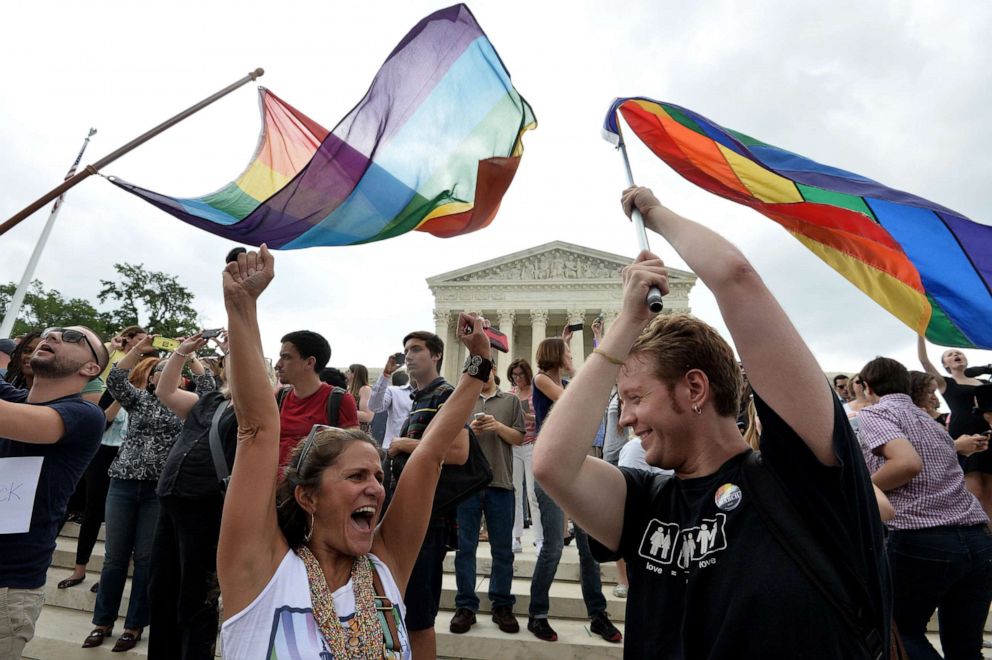
People celebrate outside the U.S. Supreme Court, June 26, 2015, after the high court ruled that same-sex couples have the right to marry in all 50 states
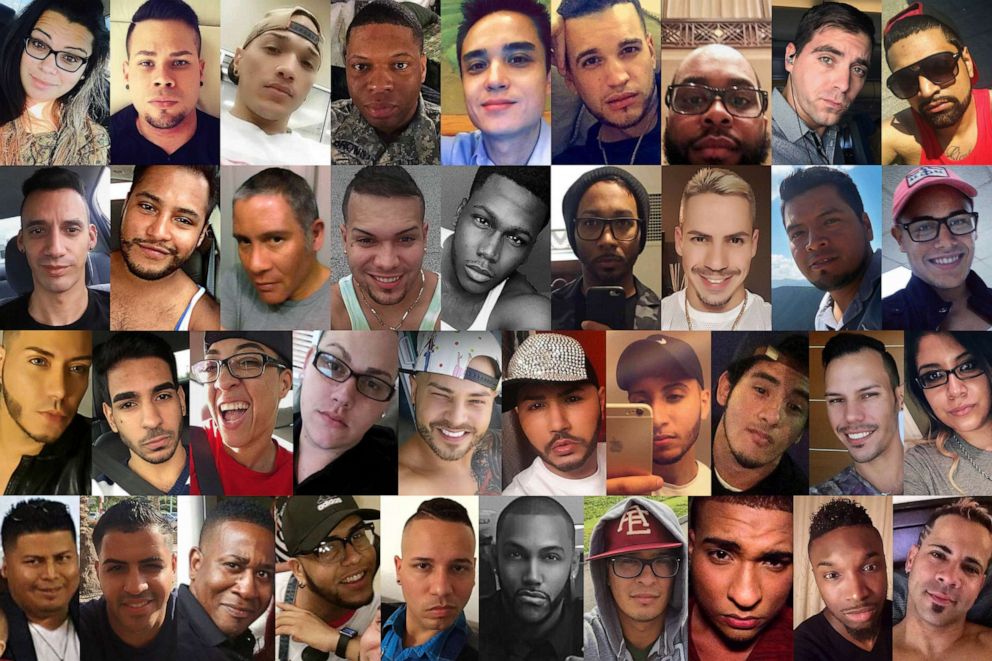
On June 12, 2016, 49 people were killed and 58 were wounded when a gunman entered Pulse nightclub, a popular gay club in Orlando, and opened fire in the final minutes of "Latin Night." In 2019, on the third anniversary of the massacre, lawmakers in Florida designated the site a national memorial in honor of the victims.
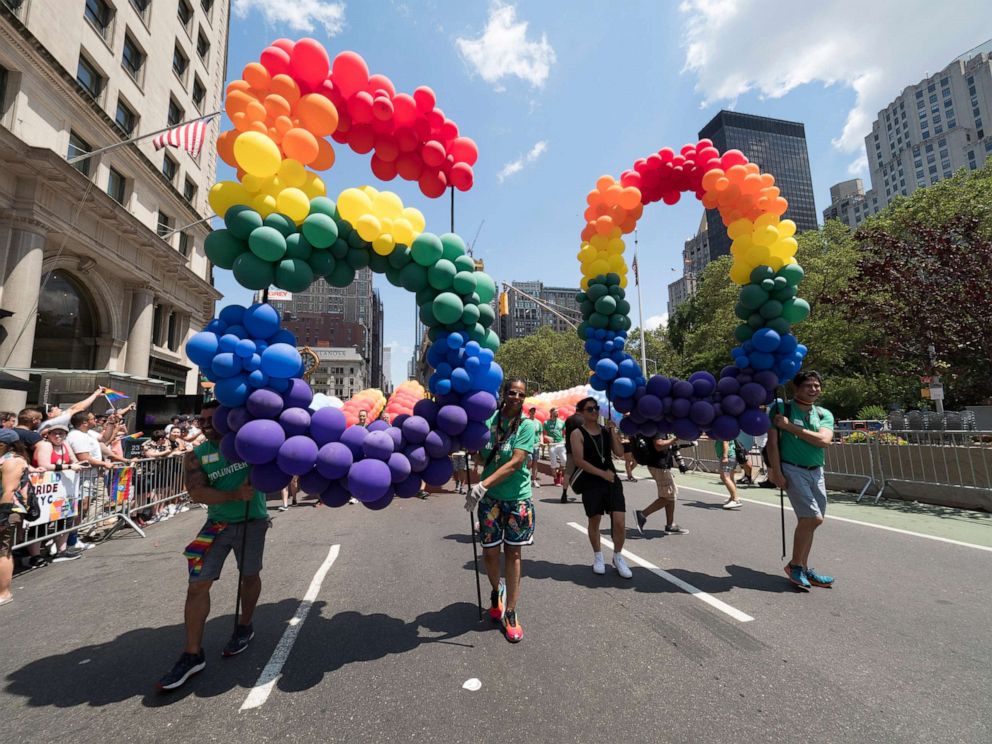
Thousands of people from across the globe descended on New York City for World Pride 2019 on June 30, 2019. The global festival, which changes cities yearly, was held in NYC to honor the 50th anniversary of the Stonewall riots that sparked the gay rights movement.
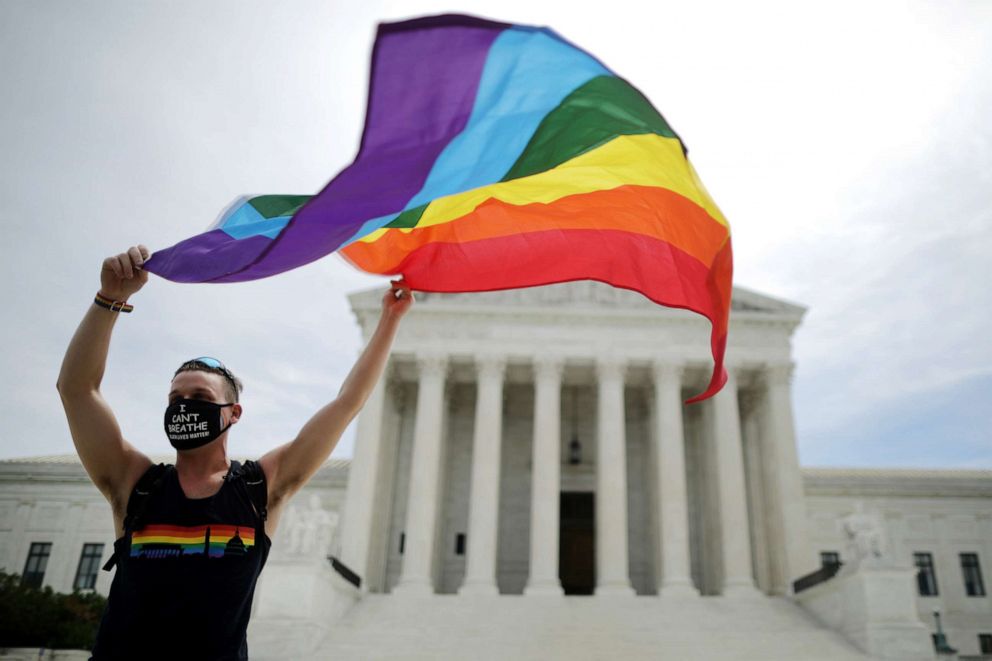
The U.S. Supreme Court, on June 15, 2020, ruled that LGBTQ people cannot be disciplined or fired based on their sexual orientation.
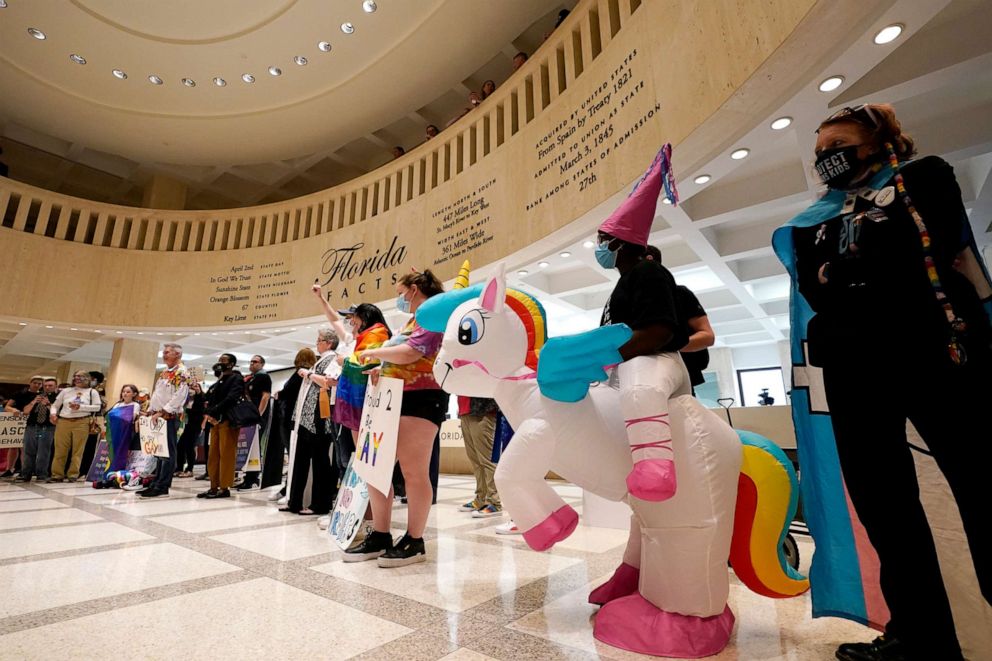
In 2022, a wave of anit-LGBTQIA+ legislation started to pass at the state level. Florida Gov. Ron DeSantis signed the Parental Rights in Education bill, dubbed the "Don't Say Gay" bill by critics. The bill bans classroom instruction on sexual orientation or gender identity in kindergarten through third grade and states that any instruction on those topics cannot occur "in a manner that is not age-appropriate or developmentally appropriate for students in accordance with state standards," according to the legislation, HB 1557.




